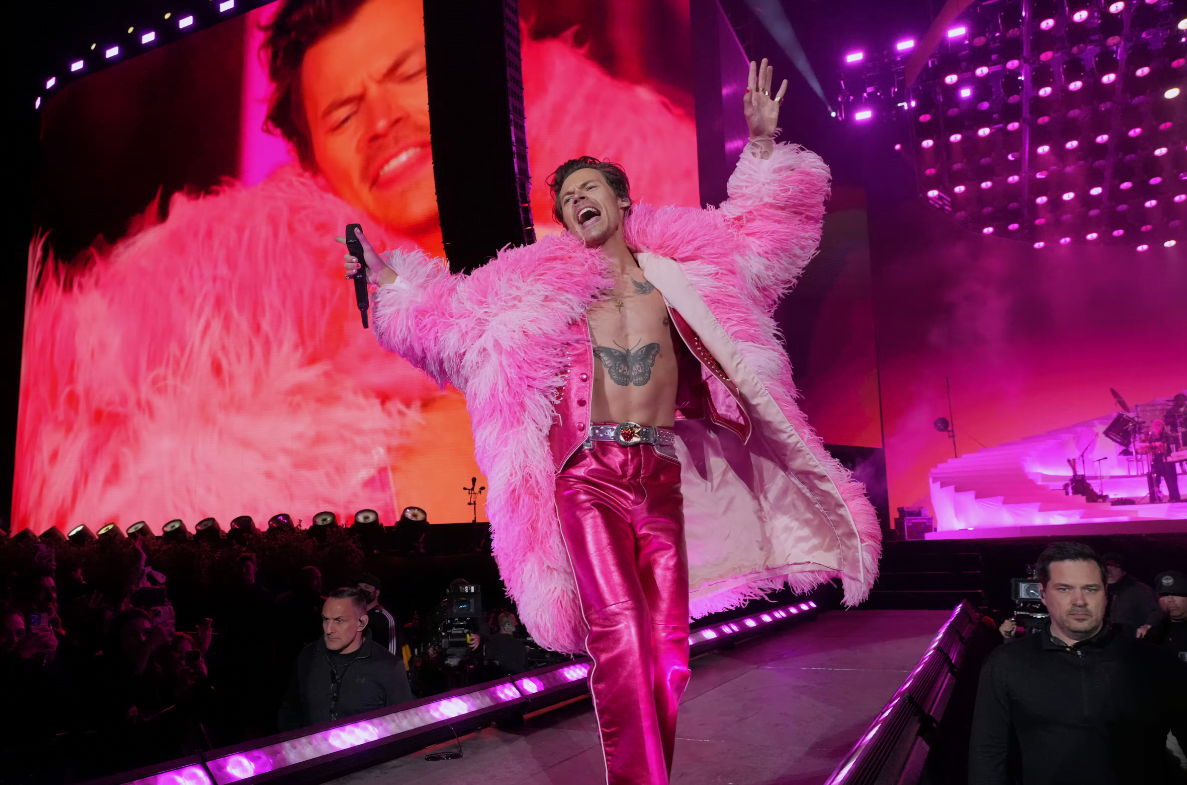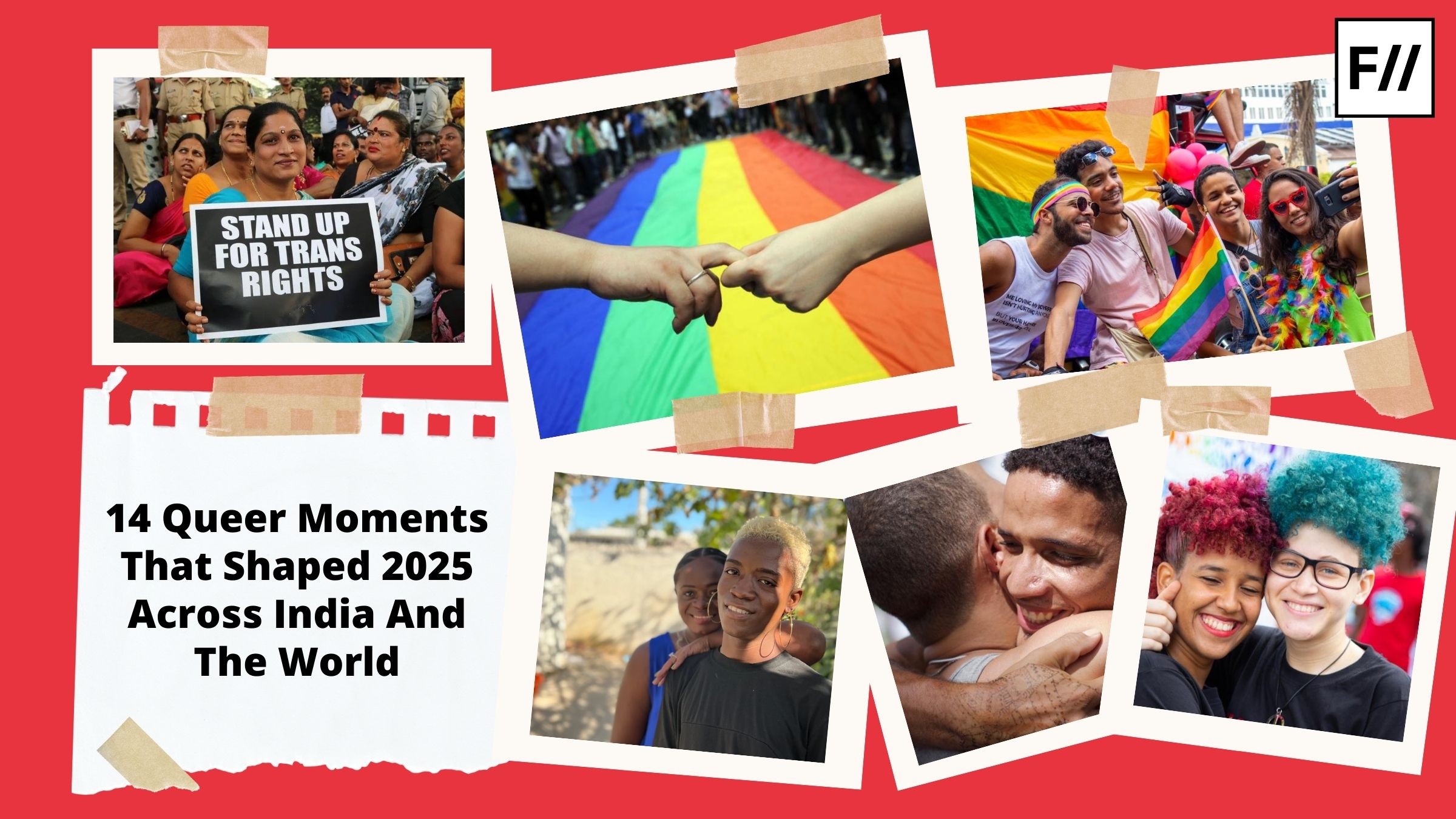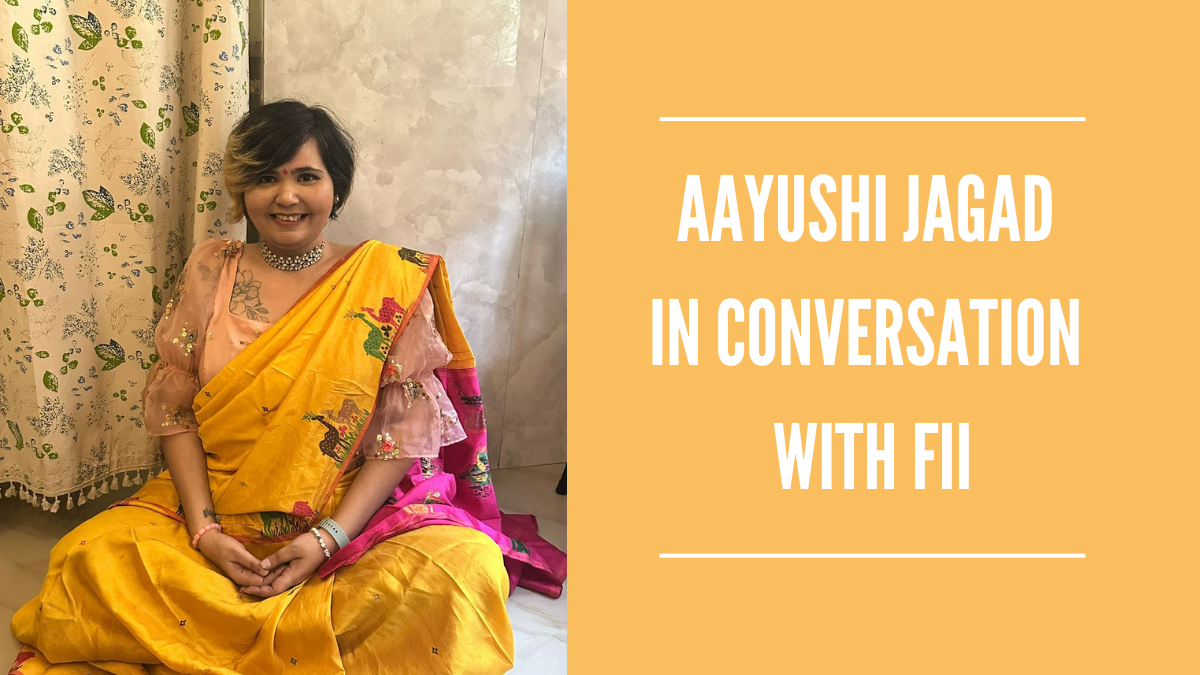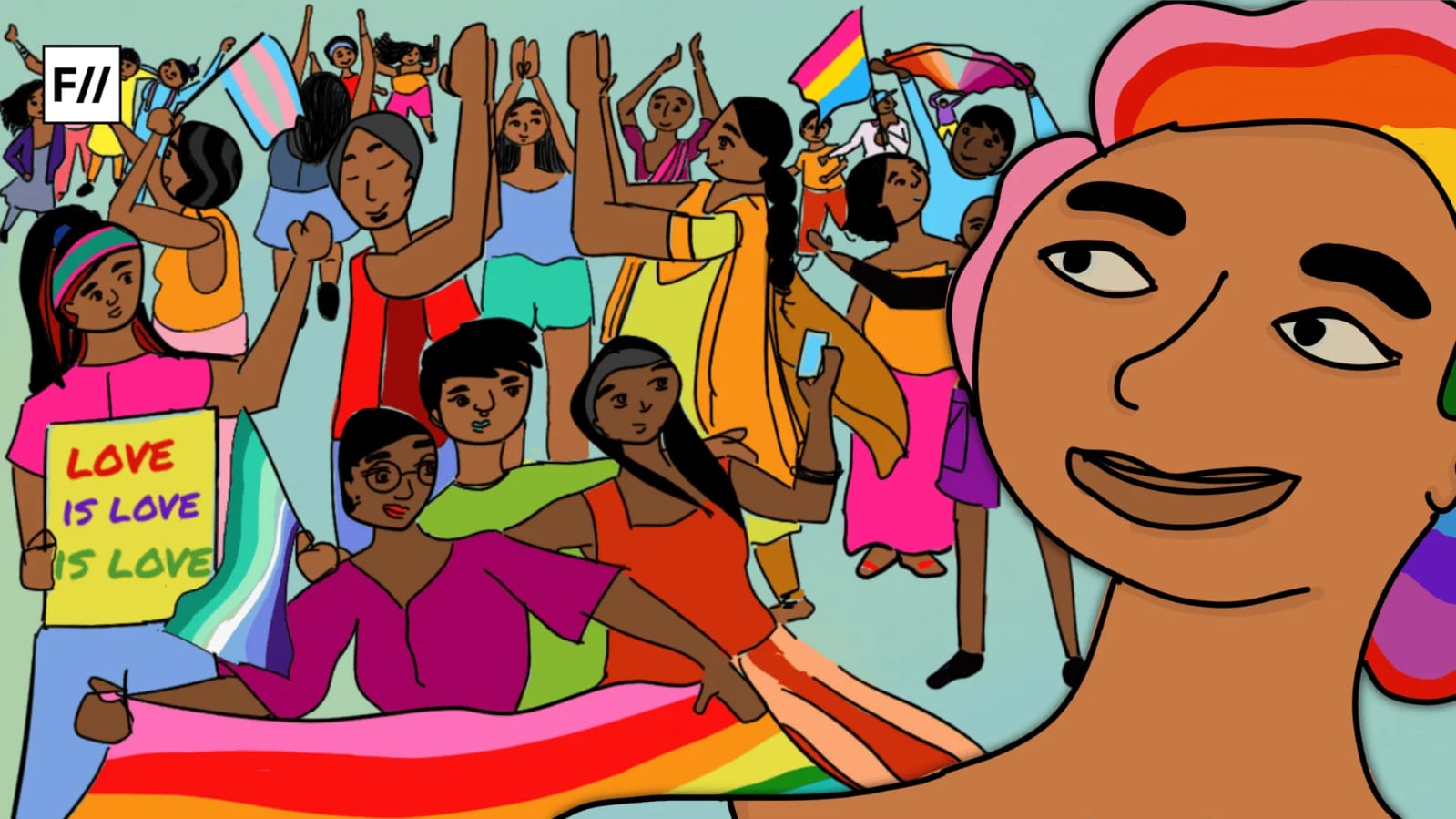Over the years, there has been a rise in the representation of the LGBTQIA+ community or queer characters in the media. However, the representation is not always genuine and is a mere marketing tactic to attract the audience at the cost of the safety and well-being of the people from the LGBTQIA+ community.
According to Ricky Hill, a research assistant professor at the Institute for Sexual and Gender Minority Health and Wellbeing, queer baiting is a ‘marketing tactic,’ that can be seen mostly in television series and films where the scenes or the plot hint at queerness but never deliver. It has become a common marketing trick which is often used by media creators to bait people from the LGBTQIA+ community and otherwise into watching a film, series, music video, or even reading a book.
The political origin of Queer Baiting
The term ‘queer baiting,’ gained prominence and became a part of the public discourse as much as the 2010s when famous celebrities such as Nick Jonas and Rita Ora were accused of queer baiting people into watching their music videos and streaming their music. However, the term has a political origin and significance.

According to Judith Adkins, “Beginning in the late 1940s and continuing through the 1960s, thousands of gay employees were fired or forced to resign from the federal workforce because of their sexuality.” Since those people who identified themselves as queer were forced to hide their identity in order to survive, government officials started to queer bait them by “falsely posing as allies and members of the LGBTQIA+ community.” During the McCarthy era, queer baiting was used as an “information-gathering tactic to draw out ‘suspected homosexuals’ using various tactics including entrapment, blackmail, affiliations with various organisations, and artistic traditions.”
Over the years, especially since the last decade, the representation of queer people in media grew but so did their misrepresentation or incomplete representation in the form of queer baiting.
Different ways of Queer Baiting: how is it done?
Queer baiting is done in multiple ways where the audience, that is, the people from the LGBTQIA+ community are baited as they are promised queerness being present in the media but it is then switched as there is no queerness portrayed.
Some of the most common forms of queer baiting include:
- Keep the audience hooked to any film or series by building suspense through a romantic portrayal of two same-sex characters but end the media by showing them as mere platonic friends
- Deliberately designing the storyline or plot in a way that a same-sex duo is sexualised but neither of them ever ends up being in a homosexual relationship
- A celebrity pretending or claiming to be a part of the LGBTQIA+ community to promote their upcoming film, series, or any media
Queer Baiting not a representation but an exploitation
Queer baiting is often confused with the term ‘queer coding.’ Queer coding refers to the practice when a character is subtly portrayed as a member of the queer community without having any explicit reference to its identity. Since in the early times, one could not explicitly label their character as queer, queer coding became a way to slowly pave the path toward the acceptance of queer identities.
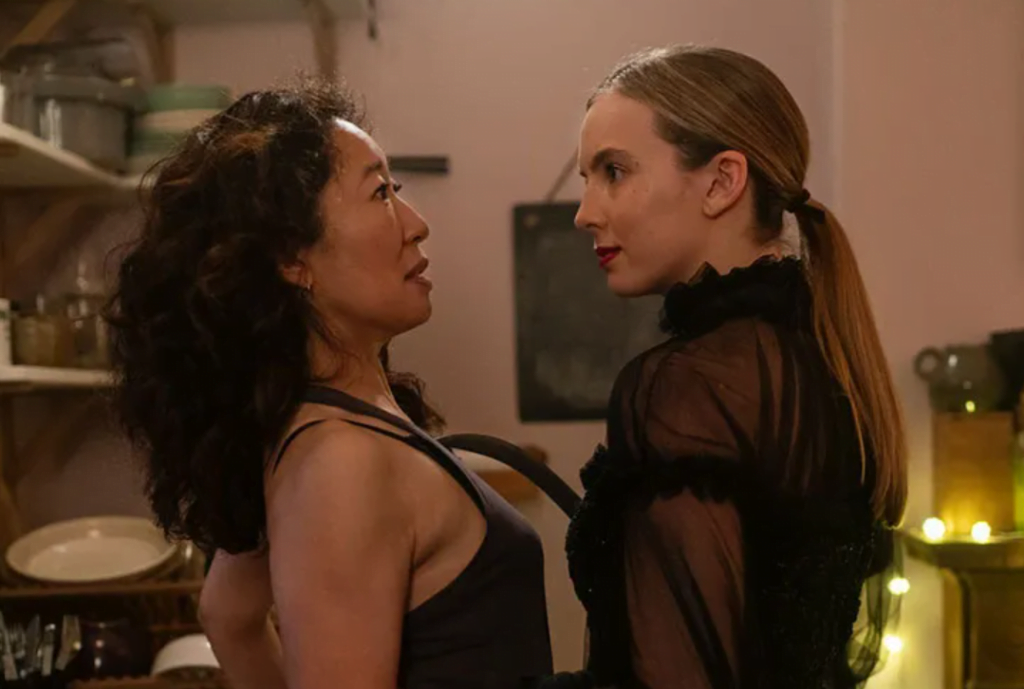
Queer coding focuses on the representation of the community while the term ‘queer baiting,’ is a form of exploiting the LGBTQIA+ community as it deprives them of their true representation. The queer community is a marginalised community so when “they are given scraps for everything ranging from healthcare to representation in media,” they are deprived of their rights as their mental health is negatively impacted and they become prone to depression and anxiety amongst other mental health illnesses.
According to Dr. Hill, “Visibility holds a lot of value. So, when we’re talking about communities that maybe don’t see themselves reflected back a whole lot, these relationships mean something. And they are not simply characters. They are possibility models. So, when you have those possibility models taken away from you, it is a loss.”
Queer baiting further perpetuates the taboos and stigmas surrounding the LGBQTIA+ community as their incomplete or fake portrayal prevents the people from acknowledging their queerness. When the struggles of the LGBTQIA+ community are invalidated through baits and how the current structures of society impact them to the extent that they are forced to change or hide their identity from the audience, it leads to social isolation and erasure of their existence.
Forcing closeted individuals to come out when they are not ready
There have been multiple instances where queer coding is confused with queer baiting and celebrities who are truly a part of the LGBTQIA+ community are forced to come out of the closet, despite not being ready, because they are falsely accused of queer baiting.

For instance, Billie Eilish was accused of queer baiting when the music video of her song Lost Cause came out where she was shown having fun with girls. The discourse and the accusations led to the singer coming out and opening up about her same-sex relationships by releasing more music such as Lunch talking about the same.
Another instance is when Kit Connor was forced to leave the social media platform X (formerly known as Twitter) as he was accused of queer baiting people through his portrayal of a bisexual character in the famous series Heartstopper. The actor tweeted, “I’m bi. Congrats for forcing an 18-year-old to out himself. I think some of you missed the point of the show. Bye,” and was forced to come out reluctantly because of the damage caused by rising queer baiting in media.
Queer baiting ranges from disguising platonic friendship as a romantic interest in a film or series to a celebrity claiming or even worse, pretending to be a part of the LGBQTIA+ community to bait the queer community into consuming the media. Despite having a strong political origin, queer baiting has turned into a marketing tactic where the identities of queer individuals are used to make financial gains and impact them negatively.
About the author(s)
Neha (She/They) is a neurodivergent queer writer who illustrates occasionally. A student of media and gender studies, Neha is critical of the patriarchal and heteronormative world around her and looks at it from the political lens of intersectionality. Although socially introverted, you can find Neha getting out of her shell and interacting with people, getting to know their experiences, and analyzing how the biased structure of the society impacts the marginalized.
